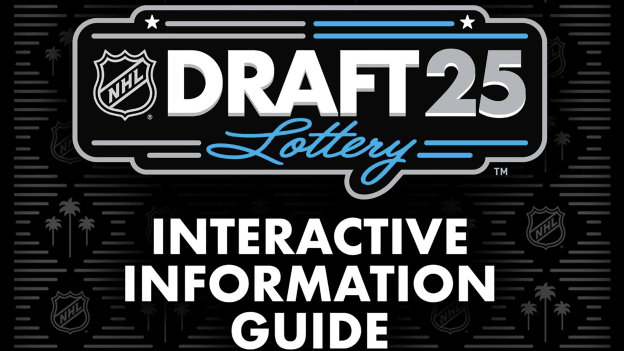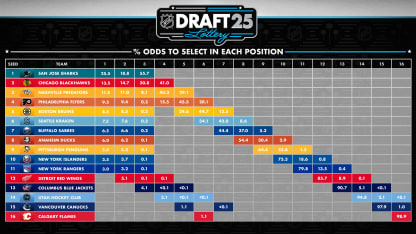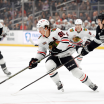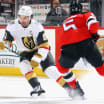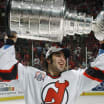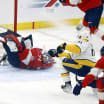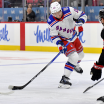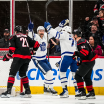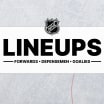But Mayer noticed something while spending years in the room for the draw.
"It's so nerve-wracking as one ball comes out after the other," Mayer said. "There are these sheets of paper with every combination possible and the team associated with every combination. There are 1,000 combinations. Along with everybody else in the room, you're quickly trying to look up who has a chance.
"And going into the final ball, you're able to locate who has that chance, and you wait with such anticipation for that last ball to come out.
"And that's the moment. There's a hush."
Mayer thought the NHL should have the fans experience that themselves.
Bettman will still preside over the draw, and Ernst & Young will still oversee it. Daly will still announce the order, but now fans will feel like they're in the room.
"We always struggled a bit with starting with 1 and going the other way," Mayer said. "But I'm willing to take the chance that people will not be bothered for one second by the fact that we're starting with the first pick."
Again, it can appear complicated.
There are four balls numbered 1 to 14 and 1,001 possible four-number combinations. One combination is designated as a redraw (11,12,13,14), allowing the NHL to divide by 1,000 among the 16 teams that did not make the Stanley Cup Playoffs.
Based on the final NHL regular-season standings and the draft lottery odds determined by the Board of Governors, each team receives an allotment of randomly assigned four-number combinations. Essentially, the lower you finish, the more lottery tickets you receive.
The San Jose Sharks, who finished 32nd in the NHL standings, receive 185. The Chicago Blackhawks, who finished 31st, receive 135. The Nashville Predators, who finished 30th, receive 115. And so on.
There are two draws, not one, and a team can move up a maximum of 10 spots. That means only the top 11 seeds can win the first pick; the bottom five cannot. That adds potential wrinkles too.
